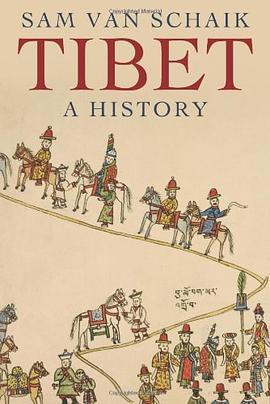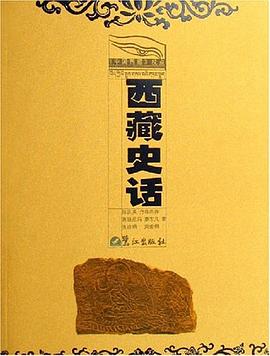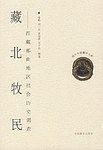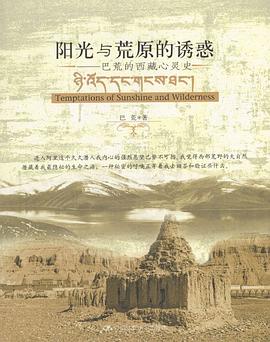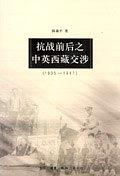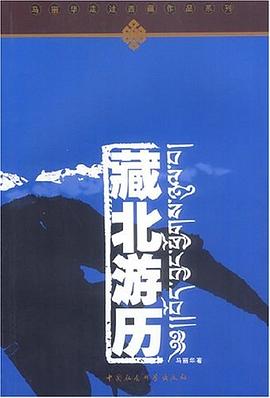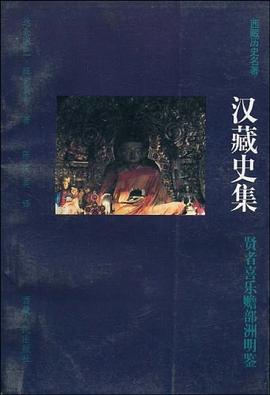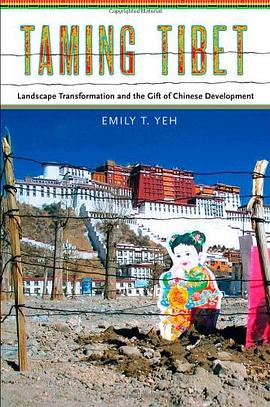

The violent protests in Lhasa in 2008 against Chinese rule were met by disbelief and anger on the part of Chinese citizens and state authorities, perplexed by Tibetans’ apparent ingratitude for the generous provision of development. In Taming Tibet, Emily T. Yeh examines how Chinese development projects in Tibet served to consolidate state space and power. Drawing on sixteen months of ethnographic fieldwork between 2000 and 2009, Yeh traces how the transformation of the material landscape of Tibet between the 1950s and the first decade of the twenty-first century has often been enacted through the labor of Tibetans themselves. Focusing on Lhasa, Yeh shows how attempts to foster and improve Tibetan livelihoods through the expansion of markets and the subsidized building of new houses, the control over movement and space, and the education of Tibetan desires for development have worked together at different times and how they are experienced in everyday life.
The master narrative of the PRC stresses generosity: the state and Han migrants selflessly provide development to the supposedly backward Tibetans, raising the living standards of the Han’s “little brothers.” Arguing that development is in this context a form of “indebtedness engineering,” Yeh depicts development as a hegemonic project that simultaneously recruits Tibetans to participate in their own marginalization while entrapping them in gratitude to the Chinese state. The resulting transformations of the material landscape advance the project of state territorialization. Exploring the complexity of the Tibetan response to—and negotiations with—development, Taming Tibet focuses on three key aspects of China’s modernization: agrarian change, Chinese migration, and urbanization. Yeh presents a wealth of ethnographic data and suggests fresh approaches that illuminate the Tibet Question.
具体描述
读后感
评分
评分
评分
评分
用户评价
13年的新书。主要讲了为什么藏人“懒”、发展作为礼物和日常生活的改变三个方面。作者的丈夫是尼泊尔藏人,所以作者持有什么观点也不难理解了。
评分偶然发现db也收录了这本书(写论文时候读的,提供了又一双可以站进去的鞋子)
评分对21世纪初西藏的人类学研究,结构稍乱,内容真实,感觉与个别藏传佛教研究相比更为值得一读。
评分我个人觉得还是很恰当的反应了西藏的社会。学习了很多,也佩服Emily Yeh长时间的field work,是一本蛮好的著作,就是个人觉得似乎书的组织有些混乱,农业生产,移民,文化控制,都混合到了一起,或者连接有些生硬,不过用taming tibet, state power来做题目,确实是恰当的,但是taming tibet可能不只限于农业生产等等。我个人觉得religious tourism也可以作为一个切入点。Anyway, a good work.
评分不要给taming吓到,个人觉得还算比较客观的描述prc对西藏的开发
相关图书
本站所有内容均为互联网搜索引擎提供的公开搜索信息,本站不存储任何数据与内容,任何内容与数据均与本站无关,如有需要请联系相关搜索引擎包括但不限于百度,google,bing,sogou 等
© 2025 book.wenda123.org All Rights Reserved. 图书目录大全 版权所有


